–by Raymond Cloyd — Horticultural Entomology
Q: Did you hear about the two bed bugs who met in the mattress?
A: They got married in the spring.
–by Raymond Cloyd — Horticultural Entomology
Q: Did you hear about the two bed bugs who met in the mattress?
A: They got married in the spring.
–by Raymond Cloyd — Horticultural Entomology
Female mosquitoes (Figure 1) are out-and-about biting people outdoors to obtain a blood meal for reproduction (egg laying). The three primary strategies that should be implemented to avoid mosquito bites are: 1) source reduction, 2) personal protection, and 3) insecticides.
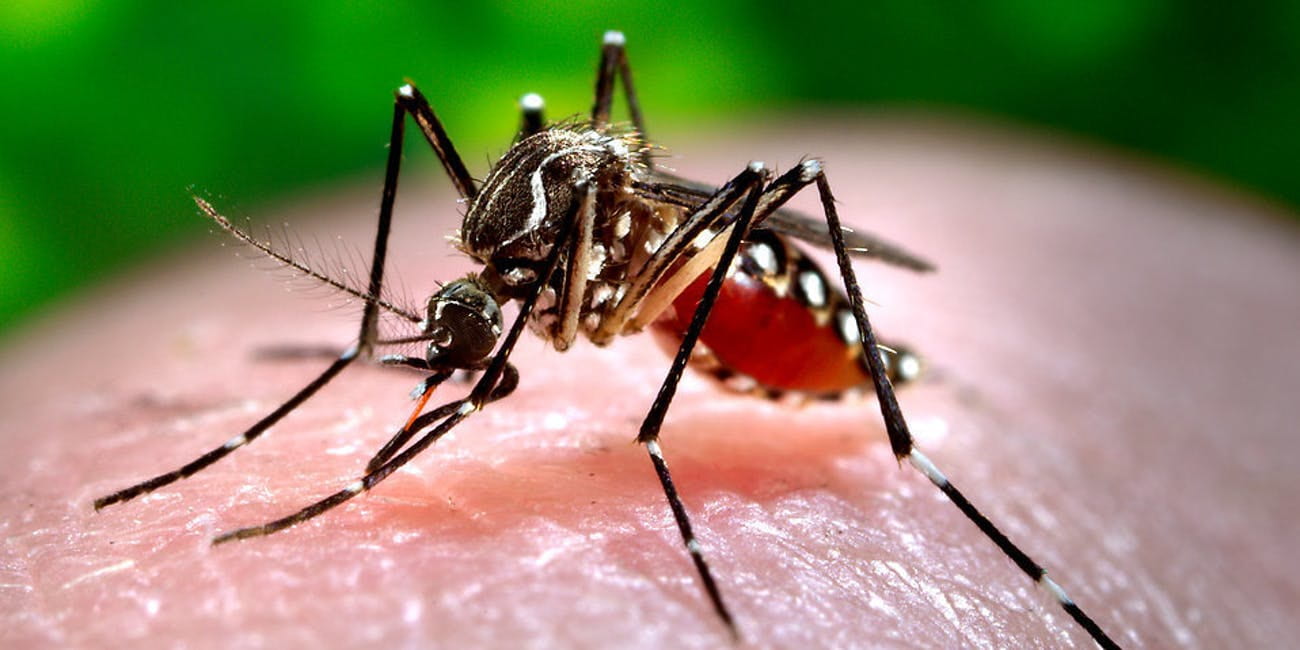
Figure 1. Mosquito Sucking Blood (Inverse)
1) Source Reduction
Eliminate all mosquito-breeding sites to reduce mosquito populations by removing stagnant or standing water from items or areas that may collect water, such as the following:
* Wheelbarrows
* Pet food or water dishes
* Saucers/dishes underneath flowerpots
* Empty buckets
* Tires
* Toys
* Wading pools
* Birdbaths
* Ditches
* Equipment
* In addition, check gutters regularly to ensure they are draining properly and are not
collecting water
2) Personal Protection
Protect yourself from mosquito bites by avoiding being outdoors during dawn or dusk when most mosquitoes are active. Repellents containing the following active ingredients: DEET (Figures 2 and 3) or picaridin (Figure 4) can be used. DEET, in general, provides up to 10 hours of protection whereas picaridin provides up to 8 hours of protection. A product with a higher percent of active ingredient will result in longer residual activity or repellency. For children, do not use any more than 30% active ingredient. In addition, do not use repellents on infants less than two months old. Clothing can be sprayed with DEET or permethrin, which is a pyrethroid-based insecticide. However, be sure to wash clothing separately afterward. Before applying any repellent, always read the product label carefully.
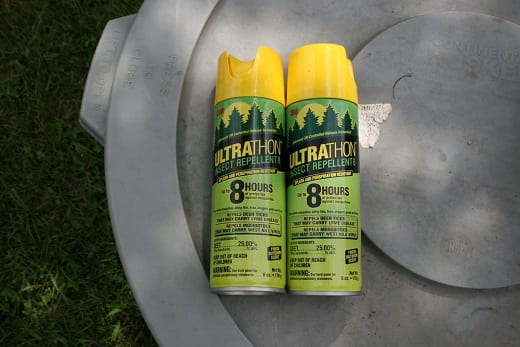
Figure 2. DEET Repellents (Raymond Cloyd, KSU)
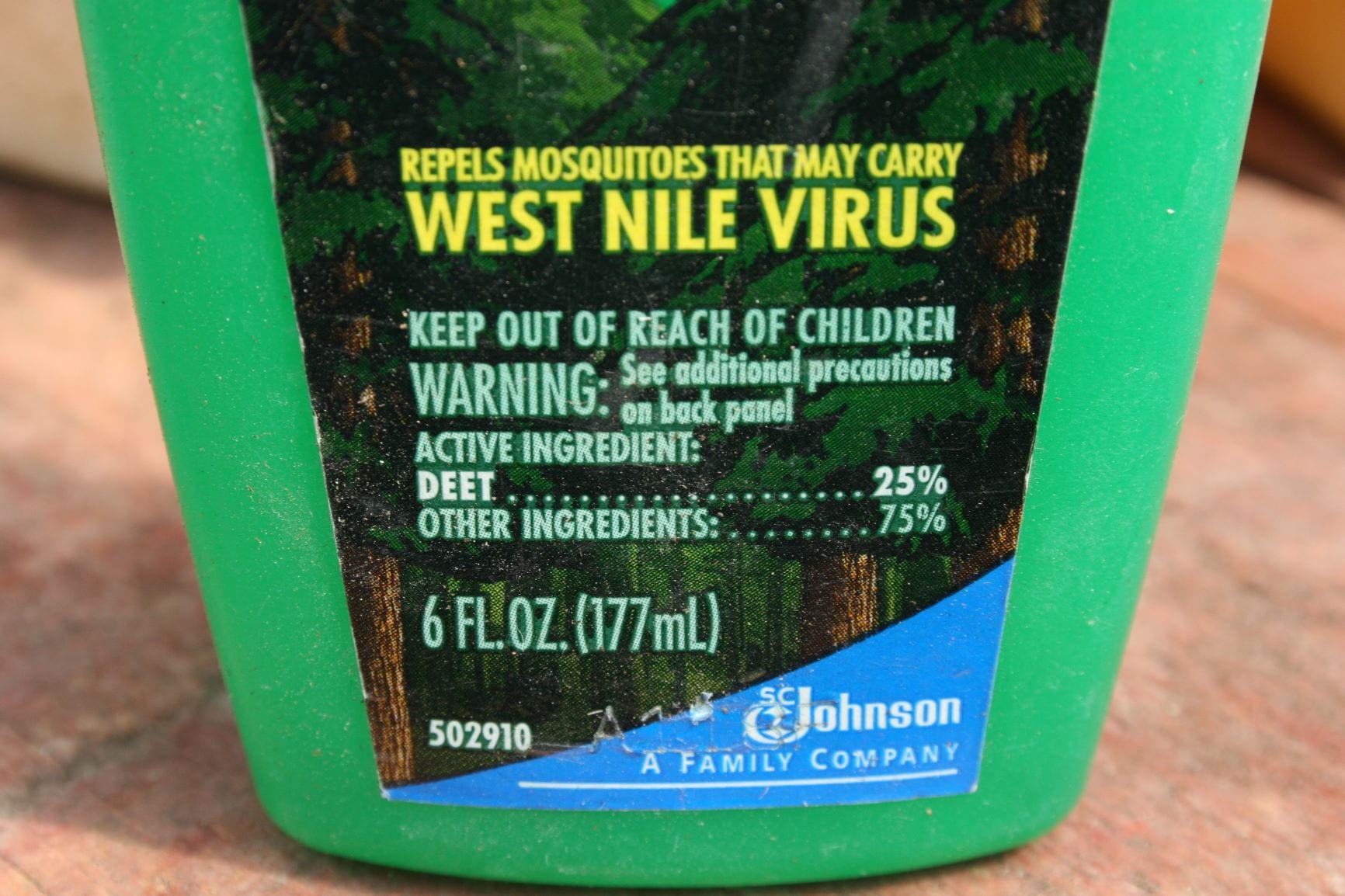
Figure 3. DEET Repellents (Raymond Cloyd, KSU)
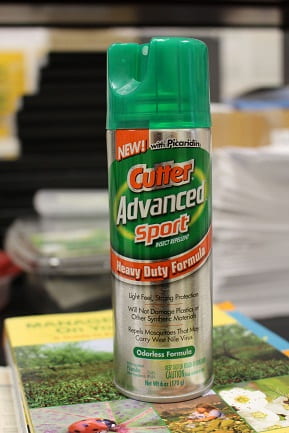
Figure 4. Repellent with Picaridin (Raymond Cloyd, KSU)
3) Insecticides
There are several products that may applied to stationary ponds, such as Mosquito Dunks and/or Mosquito Bits (Figure 5). Both contain the active ingredient, Bacillus thuringiensis subsp. israelensis, a bacterium that is ingested by mosquito larvae resulting in death. The bacterium only kills mosquito larvae with no direct effects to fish or other vertebrates. It is important to avoid making area-wide applications of contact insecticides because these are generally not effective, and may potentially kill many more beneficial insects and pollinators (e.g. bees) than mosquitoes.
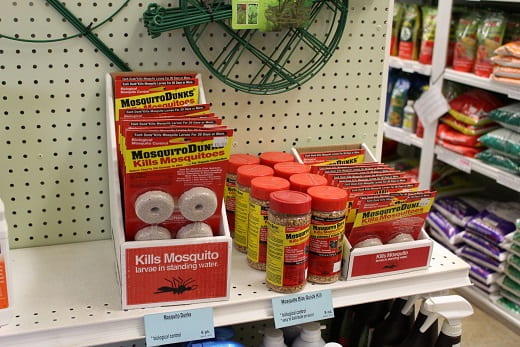
Figure 5. Mosquito Dunks and Mosquito Bits (Raymond Cloyd, KSU)
What Does Not Work Against Mosquitoes
The following items are not effective in managing mosquito populations:
* Mosquito repellent plants (citronella plants)
* Bug zappers
* Electronic emitters
* Light traps/carbon dioxide traps.
If anyone has questions or comments regarding mosquito management, please contact your county extension office or Department of Entomology at Kansas State University (Manhattan, KS). For additional information on mosquitoes, I recommend the following publication:
Ortler, Brett. 2014. The Mosquito Book: An Entertaining, Fact-filled Look at the
Dreaded Pesky Bloodsuckers. Adventure Publications, Inc., Cambridge, MN.
–by Jeff Whitworth — Field Crops
The first adult Japanese Beetle was observed on 22 June 2021 from a field east of Hiawatha, Kansas (picture 5).
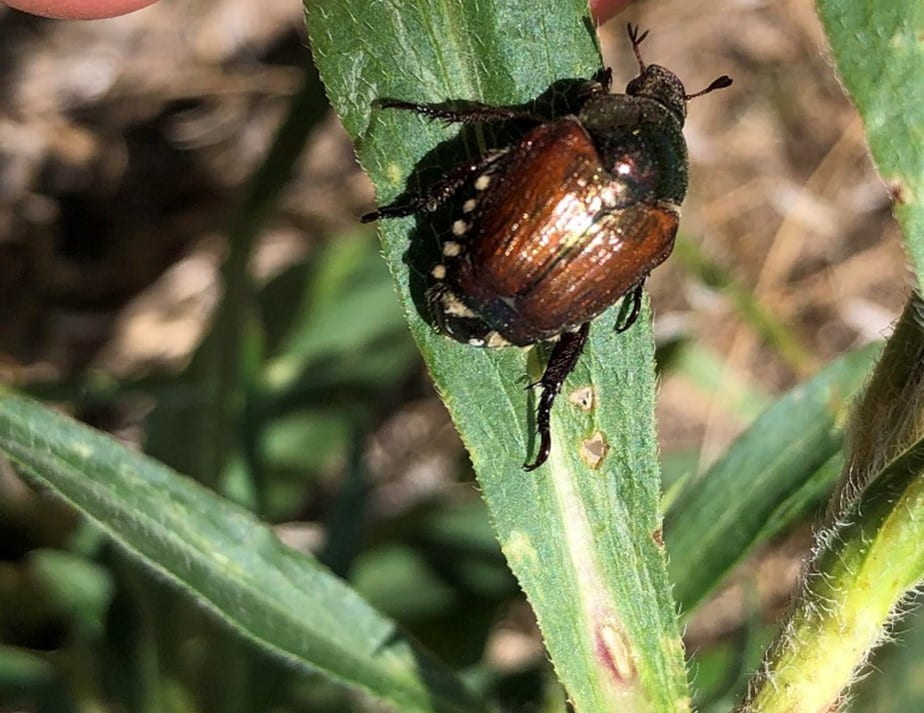
Japanese beetle (picture by David Hallauer)
–by Jeff Whitworth — Field Crops
The 1st adult Dectes stem borers (see pic 4) were observed in soybean fields on 21 June. These adults are usually 1st observed a week or two prior to the 4th of July and so this year is no exception. As the adults emerge, they usually aggregate on weeds around soybean field borders for a few days then disburse throughout the soybean fields where they deposit their eggs in petioles and stems over the next 6-8 weeks.

Picture 4: Adult Dectes stem borer
Pictures by Cody Wyckoff
–by Jeff Whitworth — Field Crops
Potato leafhoppers (PLH) started their annual migration back into Kansas about 7-10 days ago, at least in numbers that could be noticed. Potato leafhoppers are small lime green, wedge-shaped plant sucking insects (see pic 1-nymph) that have a characteristic white spot between their eyes on both adults (see pic 2) and nymphs. Adults have wings and readily fly when disturbed. Nymphs do not have wings but will quickly move to the underside of leaves or jump into the leaf litter below the canopy when disturbed. Females deposit eggs in stems and the tiny nymphs emerge ready to feed. Both nymphs and adults suck plant juices and in so doing inject a toxin into the plant. Signs of potato leafhopper feeding on alfalfa leaves then is often called “hopper burn”. This starts out as a yellowing at the leaf tip (see pic 3) but if feeding continues, it may cause the whole leaf/stem/plant to turn yellow and wilt which may significantly reduce nutrient quantity and quality. PLH is usually affect the 2nd-4th cuttings. Swathing is probably the best way to control PLH populations but if populations exceed the treatment threshold and the alfalfa won’t be ready to swath for 3 weeks or so, then an insecticide application may be justified.

Picture 1: PLH nymph

Picture 2: PLH Adult

Picture 3: “Hopper burn” on alfalfa leaves
–by Frannie Miller — Pesticide Safety and IPM Coordinator
It is important to remember that pollinators matter to each of us as they are vital to ecosystem health and having a sustainable food supply. This week is pollinator week (June 21-27, 2001), which was created to support pollinator health. It is a time to celebrate pollinators and spread the word about items each of us can do protect these species. Honeybees, native bees, birds, bats, butterflies, and other animals are required to pollinate more than 80 % of the world’s plants.
As we celebrate pollinator week here are several items you may consider doing to help protect the pollinators.
This year our program promoted pollinators through an Insect Art Contest with the theme of “Exploring Pollinators.” Hopefully these images remind you that pollinators do matter. Take time to think about what little things you could do to help diversify your landscape!
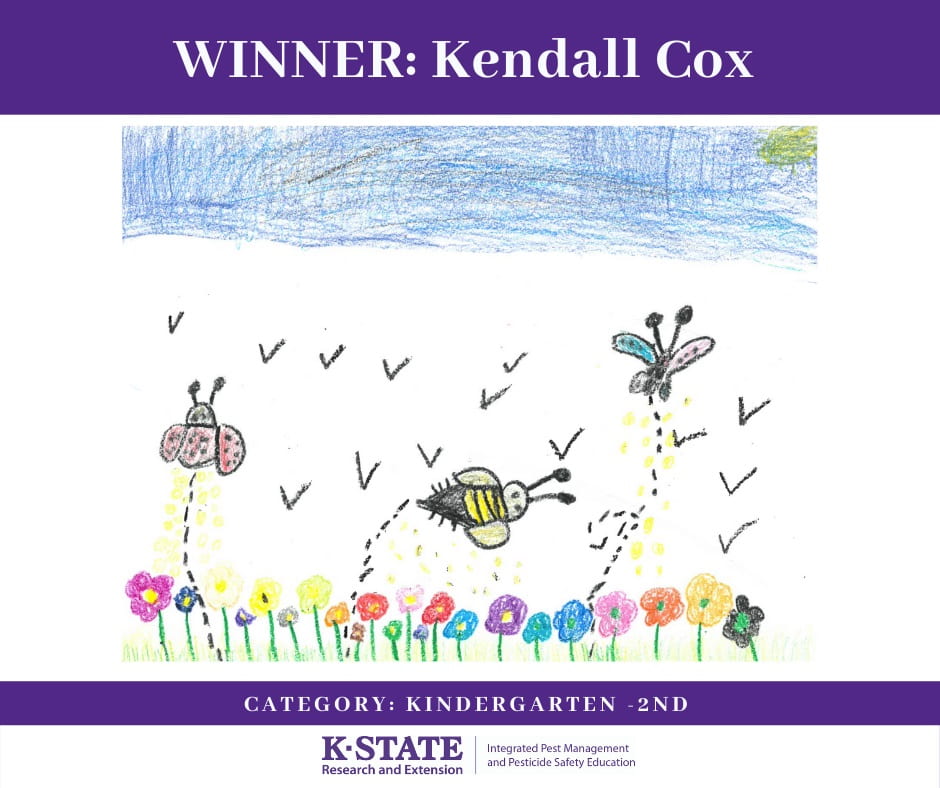


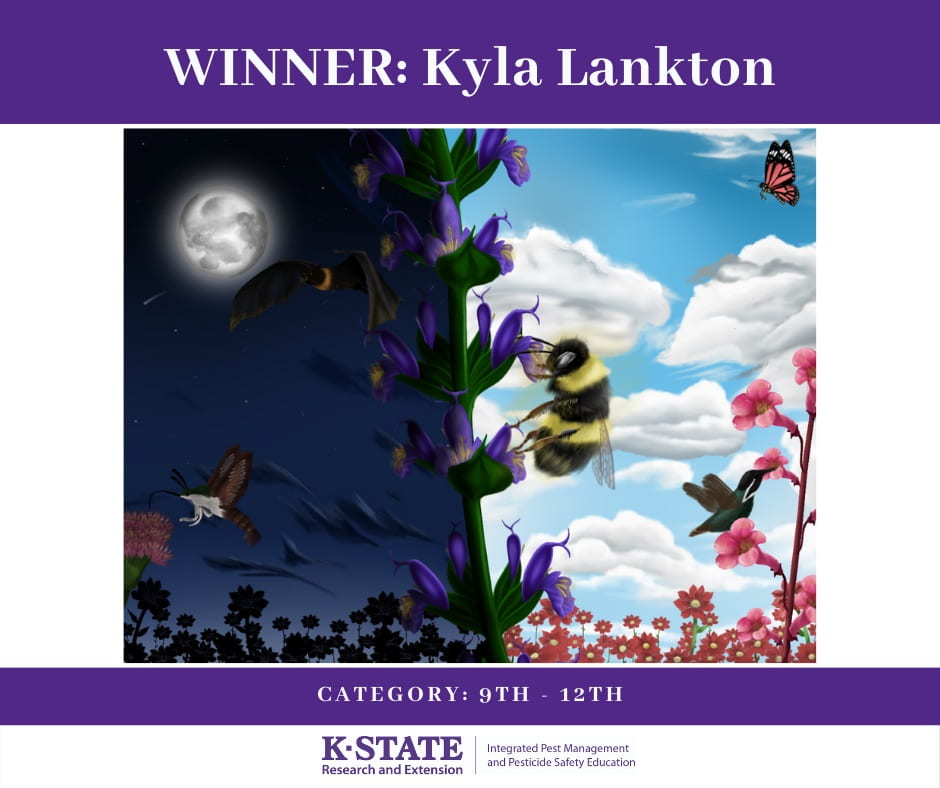
–by Dr. Jeff Whitworth — Field Crops
A: Bugs Bunny.
A: We went and had some drinks. Cool guy. Wants to be a web developer.
–by Dr. Jeff Whitworth — Field Crops
Fields planted to corn rootworm susceptible varieties for 3+ years should probably be monitored for corn rootworm larval feeding. Several fields were sampled this week (13-16 June) that have been planted for at least 3 consecutive years without regard for corn rootworms, i.e. not varieties that had a Bt event to help control rootworms. All varieties, however, had commercially applied fungicide+insecticide seed treatments. All fields were planted this year from 15 Apr-3 May, but regardless, were all in the 8-10 leaf stage of development. Insecticide seed treatments seem to always work well but the toxins are only active for up to 21-28 days from the day of planting. Even though rootworm larvae were found in each field, no obvious signs of lodging or goosenecking were evident in any of the fields, which could be indicators of root pruning by rootworm larvae. However, northcentral Kansas has not had a great deal of wind over the last couple of weeks and the majority of the root feeding will probably occur over the next 10-14 days as the rootworm larvae get larger (see fig. 1). If there is not much wind or wind events over the next couple of weeks, the plants may compensate for the root damage and the lodging may be inconsequential. Most larval development in northcentral Kansas, thus seems to be on track to be completed prior to 4 July,–as it has been every year for at least the last 25 years.

Figure 1. Corn rootworm larvae (14 Jun 2021) (pic by Cody Wyckoff)
–by Dr. Raymond Cloyd — Horticultural Entomology
Q: What kind of petroleum do snails use?
A: Shell!
–by Dr. Cassandra Olds, Livestock and Veterinary Entomology
While many of us are familiar with identifying adult fleas, we may be less familiar with what juvenile fleas look like (Figure 1).
). Fleas are holometabolous insects having an egg, larval, pupal and adult stage. Most flea species have three larval instars, which are white in appearance, increasing in size with each molt (Figure 2).
Flea larvae feed on organic matter present in dark, humid environments including animal bedding and carpeting. Cannibalism is common in fleas with larger individuals feeding on younger, smaller individuals. In some species, adults will produce dried blood rich fecal pellets called flea dirt; this provides further nourishment for growing larvae. Most dog and cat flea products kill adult fleas as well as preventing larvae from reaching the adult stage by regulating growth processes. Washing animal bedding as well as vacuuming often will also remove developing flea larvae.